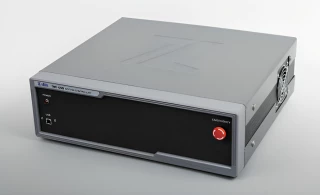Motion Control Controllers and Metrology
Frequently Asked Questions
What are motion control controllers and metrology solutions used for?
Motion control controllers and metrology solutions are used to precisely control and measure motion in various applications, including manufacturing, robotics, and scientific research.
What types of motion control controllers and metrology solutions are available?
There are various types of motion control controllers, including stand-alone controllers, PC-based controllers, and programmable logic controllers (PLCs).
What factors should I consider when choosing a motion control controller or metrology solution?
Some factors to consider include the required precision and accuracy, the speed and range of motion, and the type of control or measurement needed.
What is metrology in the context of motion control?
Metrology in the context of motion control refers to the measurement and analysis of various physical parameters, such as displacement, velocity, and acceleration, to ensure precise and accurate motion control.
What is closed-loop control?
Closed-loop control is a technique used in motion control where feedback sensors are used to constantly monitor the position or velocity of a motor or actuator and adjust it in real-time to achieve precise and accurate control.
What is the difference between open-loop and closed-loop control?
Open-loop control is a technique used in motion control where no feedback is used to adjust the motor or actuator, while closed-loop control uses feedback sensors to constantly adjust and ensure precise control.
What are the advantages of using a PC-based motion control system?
PC-based motion control systems offer several advantages, including high processing power, flexible programming capabilities, and easy integration with other computer systems and peripherals.
The selection of motion control controllers and metrology solutions offers products from leading manufacturers to meet your specific needs. Whether you require precise measurement systems for dimensional metrology or high-performance motion control systems for advanced applications, you will find what you need here.
